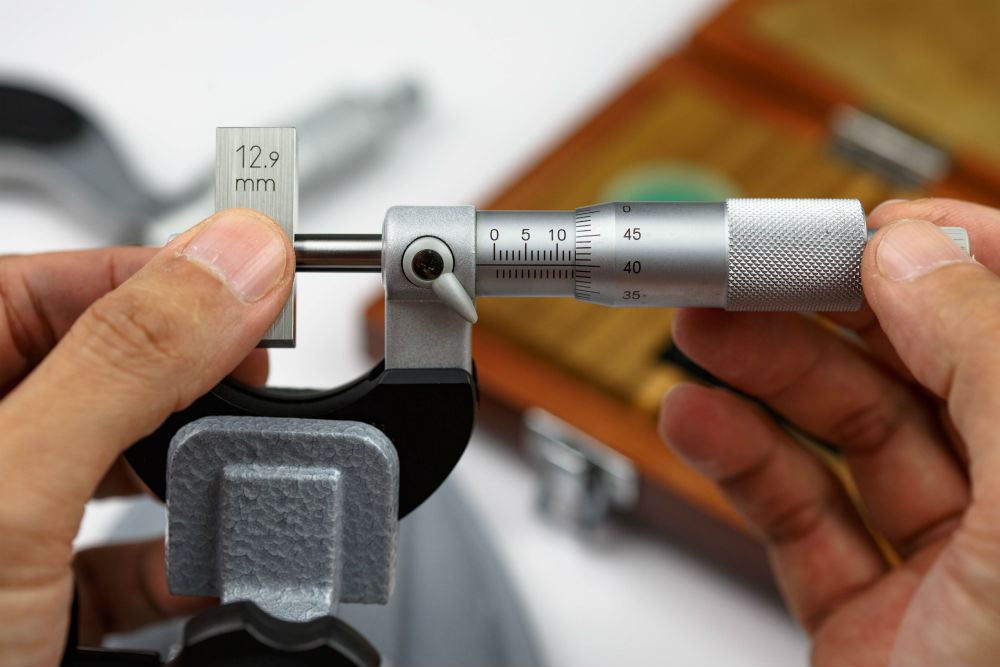To calibrate or not to calibrate? That is the question. Many metrologists struggle with this very issue. Whether you are managing a large measurement facility or simple own one or two gages yourself, at some point you will need to decide how often you need to recalibrate your precision measurement tools. There are a number of different opinions in the field about how often recalibration is necessary. However, they all come down to two central goals—efficiency and accuracy.
The outcome that makes regular recalibration of a gage a challenging issue is either wasted time or inaccurate measurement. If you calibrate too often, you will be wasting a lot of your, your worker’s, and your customer’s time. However, if you misjudge how often to calibrate and do so too infrequently, you will be risking inaccurate measurements. Knowing when to recalibrate and when to not recalibrate a gage comes down to not sacrificing efficiency while not risking inaccuracy.
Above all else, you need to be confident that your gages are maintaining the required level of precision in your field of measurement. One of the major pitfalls of regularly timed maintenance schedules is that calibration is determined on need in order to save costs. The problem with this method is that a lesser used gage could go forgotten, leading to major, avoidable errors. It is never acceptable for any machine to go un-calibrated forever.
An excellent method that company owners will use to maintain a calibration schedule is through trend analysis of their machines. This tactic uses practical information to analyze which machines need recalibration and how often they need recalibration. Historical trend analysis will look at the functionality of a particular gage over time, providing data on the regularity with which its calibration drifts, along with the frequency with which it is used. The calibration drift refers to the natural deviation that happens when a machine is used. Every gage will have its own unique calibration drift. The frequency of use can include both the location of the gage (central or periphery of a lab or factory) as well as the number of times it is used.
A historical trend analysis of a gage helps to distinguish between the gages that need more regular recalibration from those that can sit for longer periods of time. This process helps cut costs by focusing the time and effort required for calibration where they are needed most. An added benefit of running trend analyses on your gages is the ability to test out their supposed drift as noted by the original manufacturer, as well as the chance to compare machines across manufacturers. Additionally, this data over the long-term can show when a gage might be losing its efficiency and approaching the time for replacement.
When it comes to calibrating a gage, there is no right or wrong answer for how often it should be done. Some owners will prioritize regular and often calibration, sacrificing the cost repercussions. While others will prioritize cost, risking inaccurate measurements as time goes on. Most often, a compromise between the two will be struck with practice and sense. However, by utilizing historical trend analysis methods, you can tell a more detailed story about what machines need recalibration when, hitting the bull’s eye for both efficiency and accuracy.

